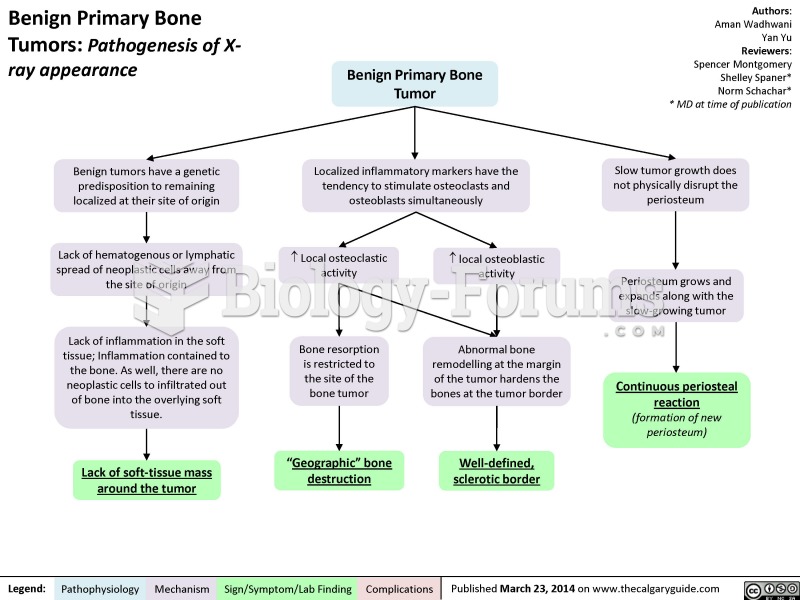Answer to Question 1
Culture and ethnicity are key determinants in how intergenerational relationships develop and how intimacy is fostered within these relationships. In the United States, for example, involvement in the aging parent's daily life is not supported by American culture, whereas in Japan and other Asian cultures such involvement is a dominant belief. These cultural differences may explain in part the discrepancies seen in the research as it relates to the impact of adultchild involvement in aging parents' lives, such as in India and among Mexican Americans. But clearly, while the intimacy parents and offspring share in late life does not involve the close sense of oneness they could derive from a romantic partner, older adults take pleasure in these intergenerational ties.
Answer to Question 2
Because of long-held beliefs and values, divorce later in life contributes to the stressors associated with marital breakup.
It is more traumatic: Because of the longer commitment and investment into each other's lives, divorce later in life is more traumatic (Uhlenberg, Cooney, & Boyd, 1990 ).
Divorcing couples face losing long-time friendships and other social networks, further distinguishing later-in-life divorce from divorce earlier in the life course (Gerstel, 2003 ). Because women obtain much of their identity and self-worth from their roles of wife and mother, divorce is even more traumatic.
The financial burdens are greater: Although the financial responsibilities associated with rearing children decrease over time, divorce in mid- and later life may limit the amount of support parents can provide to their children, particularly in areas such as college tuition or other areas of assistance (such as helping with a down payment for a home) (Pasley, 1998 ). Because some older women lack education, skills, and employment experiences that affect their ability to either reenter the paid labor force or to move up the ladder in their current positions, women who divorce while in later life have significantly more limitations in their range of options following divorce than do younger women. Furthermore, retirement benefits, healthcare benefits, and Social Security benefits may also be negatively impacted by divorce in later life.
Significant impact on parent-child relationship: When parents of adult children divorce, the parents' relationship with their children is significantly impacted. Though issues such as child support and visitation do not affect the parent-child relationship as they do when younger parents divorce, there is less contact between parents and young adult children after parental divorce in later life (Aquilino, 1994; Furstenberg, 1995 ).
The father-child relationship tends to be particularly vulnerable, while the relationship between the mother and the children appears to remain in tact (Cooney, 1994 ). Divorce in later life may be particularly difficult as it can weaken the kinship ties and intergenerational ties that are so important to successful aging.







